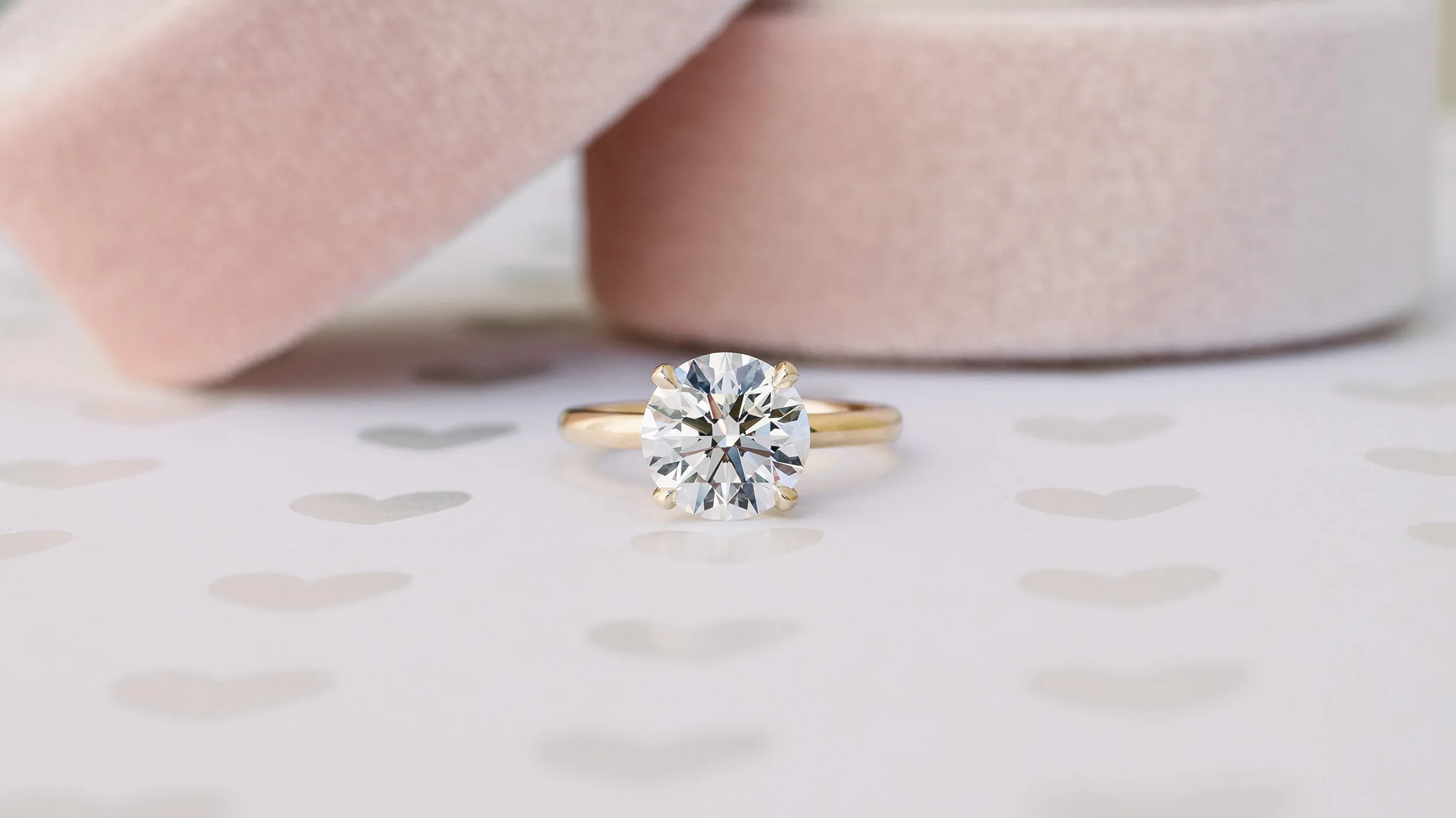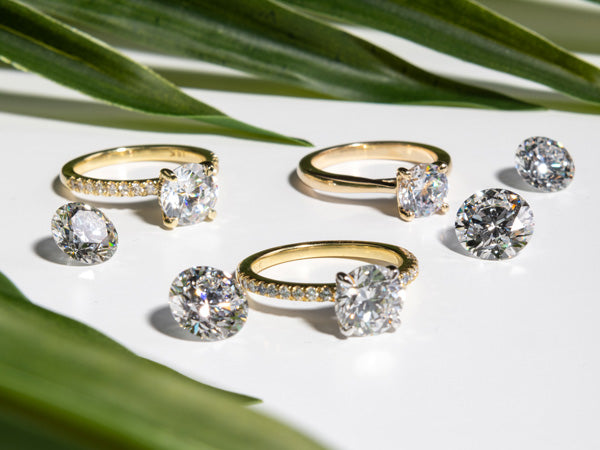In the world of luxury, few items hold the allure and prestige of diamonds the #1 choice. Whether you’re considering a diamond for an engagement ring, an investment piece, or simply captivated by their brilliance, making an informed choice is paramount. Our guide aims to demystify the process, empowering you with the knowledge to confidently select the perfect diamond.
Understanding the 4Cs of Diamonds
Clarity:
Diamonds form under intense pressure and heat deep within the Earth, resulting in unique internal characteristics called inclusions and blemishes. Clarity grades range from Flawless (FL) to Included (I), impacting diamond brilliance and value.
Color:
Diamonds exhibit a spectrum from colorless to noticeable tints. The GIA grades color from D (colorless) to Z (light yellow or brown). Color profoundly influences a diamond’s beauty and value, with each grade representing a subtle yet crucial distinction.
Cut:
Often mistaken for shape, diamond cut refers to its proportions, symmetry, and polish. A well-cut diamond reflects light internally and disperses it through its crown, creating fire and brilliance. Cut grades from Excellent to Poor determine a diamond’s visual appeal and sparkle.
Carat Weight:
Diamond size is measured in carats, with one carat equal to 0.2 grams. Larger diamonds are rarer and command higher prices, though carat weight alone does not dictate a diamond’s value. The ideal combination of carat weight with exceptional cut, color, and clarity defines a diamond’s desirability.
Types of Diamond Cuts and Shapes
Round Brilliant:
The most popular diamond cut, known for maximum brilliance and fire due to its precise facets.
Princess Cut:
A square or rectangular cut that emphasizes clarity and sparkle, ideal for modern settings.
Emerald Cut:
Known for its elegant step-cut facets, the emerald cut showcases a diamond’s clarity and natural hue.
Oval Cut:
Combining the brilliance of a round diamond with a unique elongated shape, the oval cut offers a flattering appearance.
Pear Cut:
Resembling a teardrop, the pear cut balances elegance with sparkle, often used in pendants and earrings.
Marquise Cut:
Named after the Marquise de Pompadour lab grown diamonds, this elongated cut maximizes carat weight and creates a distinctive silhouette.
Choosing the Perfect Diamond for You
Consider Your Budget:
Establish a realistic budget to guide your diamond selection process. Remember, a well-chosen diamond balances quality with affordability.
Prioritize the 4Cs:
Identify which diamond characteristics matter most to you. Whether it’s brilliance, size, or rarity, understanding your preferences ensures a satisfying purchase.
Certification Matters:
Purchase diamonds certified by reputable gemological laboratories like the Gemological Institute of America (GIA) or the American Gem Society (AGS). Certification guarantees the diamond’s quality and authenticity.
Diamond Care and Maintenance
Regular Cleaning:
Keep your diamond radiant by cleaning it regularly with a gentle jewelry cleaner or a mixture of mild soap and warm water.
Professional Inspection:
Schedule periodic inspections with a jeweler to assess your diamond’s setting and ensure its security and condition.
Safe Storage:
Store your diamond separately from other jewelry to prevent scratching, ideally in a soft cloth or a jewelry box with compartments.
Conclusion
Choosing a diamond involves more than aesthetics; it’s an investment in beauty and significance. By understanding the 4Cs, exploring different cuts, and considering practical aspects like budget and maintenance, you can confidently select a diamond that surpasses expectations.


:quality(85):extract_cover()/2022/09/23/809/n/1922153/tmp_3wVmeE_173c8d33564df3bd_GettyImages-1219557574.jpg)
